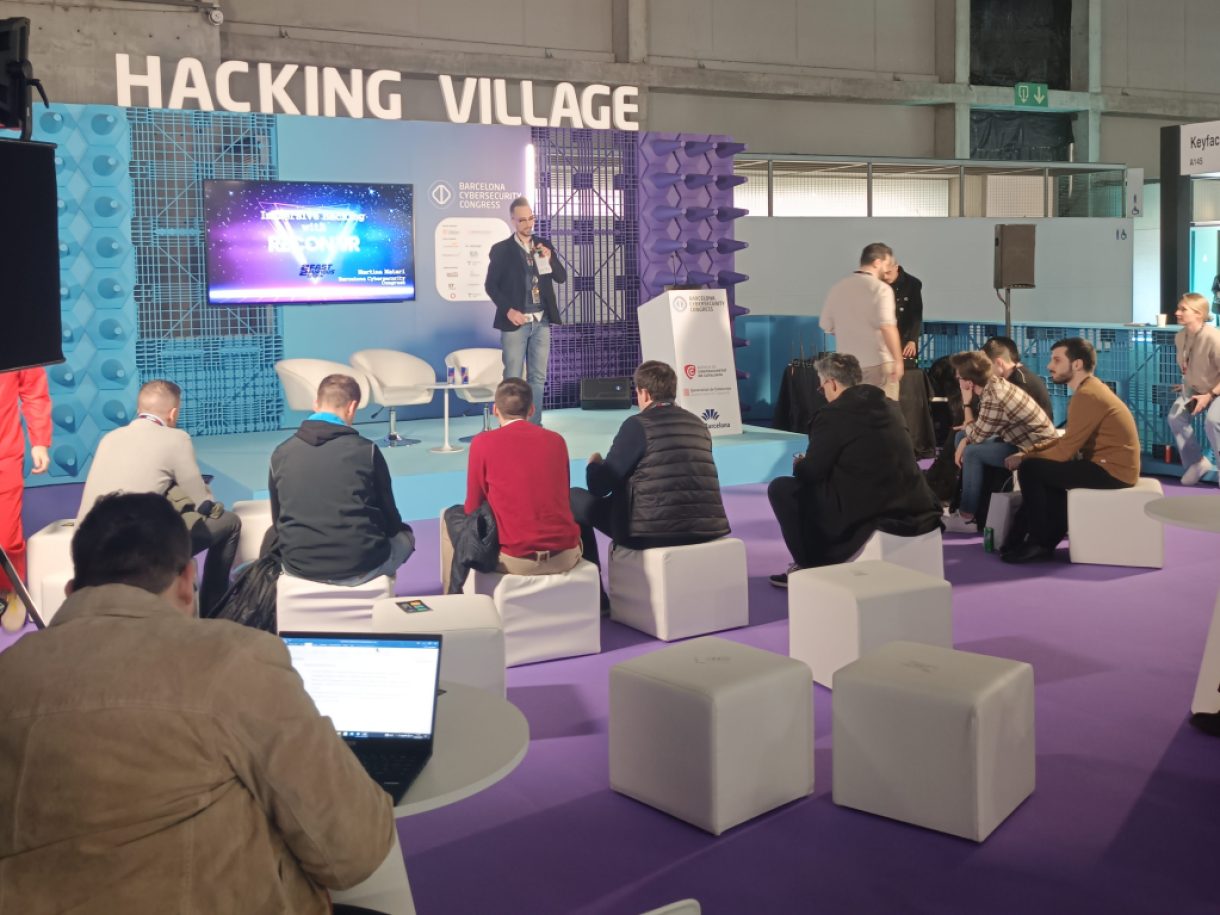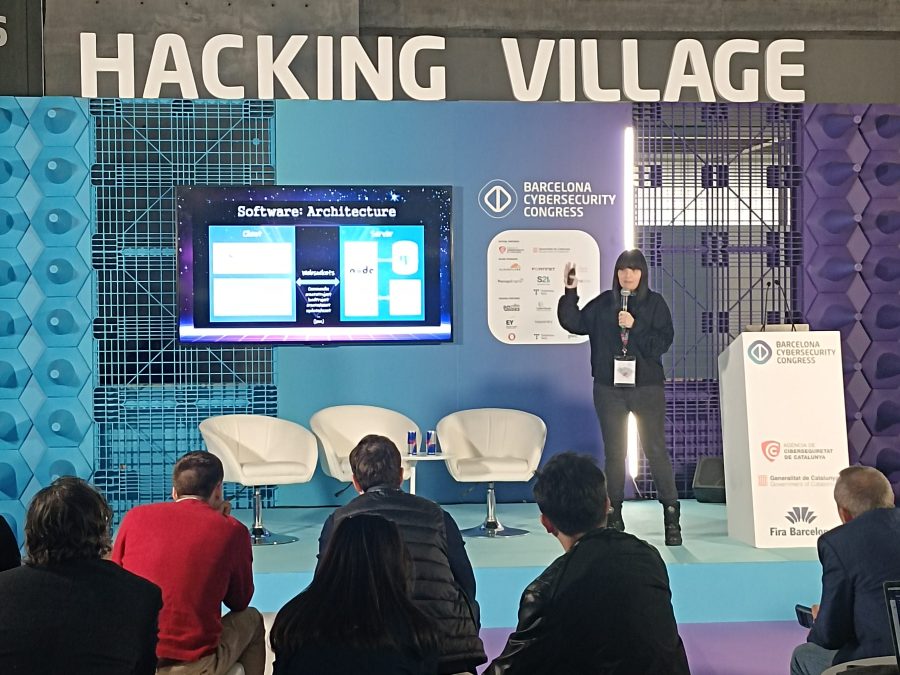We have redesigned the Telefónica Tech website to represent who we are as a digital solutions integrator. We also want to share what we do, who is behind it and how next-generation digital technologies are making companies and organisations more efficient, competitive, and resilient.
The new Telefónica Tech website focuses on our most valuable assets:
- The people that make up the Telefónica Tech team in different countries and regions: more than 6,000 professionals who work every day to provide innovative solutions to millions of customers.
- The technology partners we share two commitments with: to develop the best products and services, and to help customers achieve their goals.
- Our customers, who we support in their digitalisation process by integrating the solutions they need to grow into their systems and processes. Because their success is our success.
- Our technologies in connectivity, Cyber Security, Cloud, IoT (Internet of Things), Big Data, Artificial Intelligence and Blockchain… And the innovation and development labs we have in different cities in Europe and America.
- We also give visibility to analysts in the technology sector who know (and acknowledge!) our capabilities and the value we bring to our clients.

“We have improved Telefónica Tech’s website to continue positioning ourselves as the best technological partner in the digital transformation for our customers”
María Díaz. Head of Marketing & Communications, Telefónica Tech
We have also developed a News section that brings together the initiatives, events and multimedia content you need to stay informed about how digital technologies are creating new growth opportunities for companies and society.
We would love to hear from you. We invite you to visit the new Telefónica Tech website and join the conversation or share with us any comments that will help us improve. Thank you!











